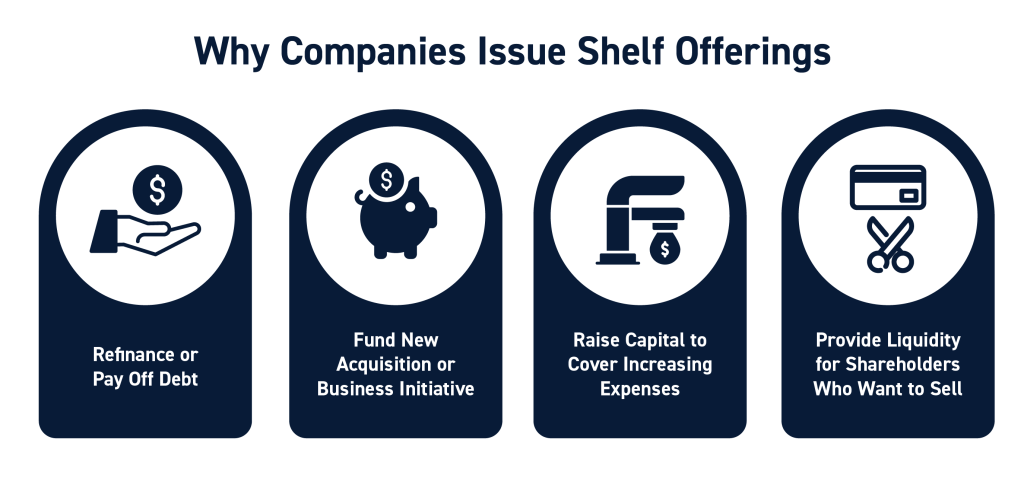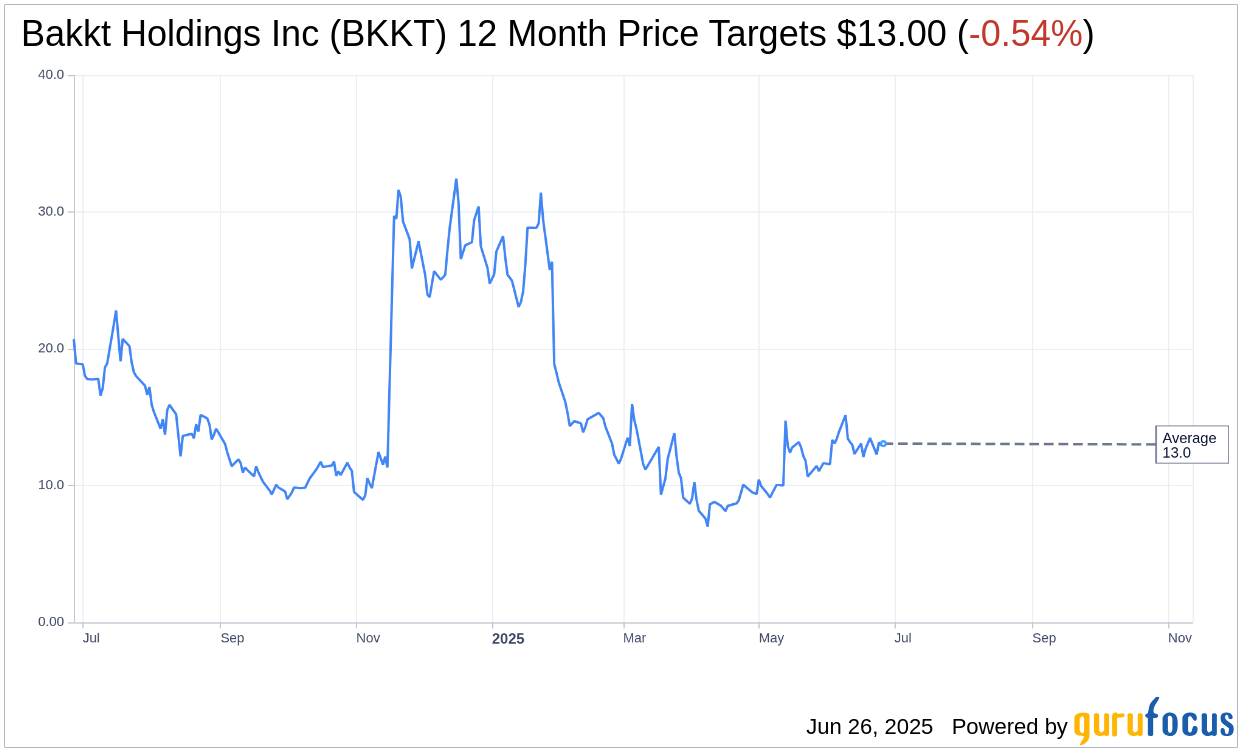What Is A Mixed Securities Shelf

Companies are urgently seeking flexible financing options amidst volatile market conditions. The mixed securities shelf registration offers a powerful tool to raise capital quickly and efficiently.
This mechanism allows issuers to register a variety of securities at once, then offer them to the market at different times and under varying terms, responding swiftly to opportune moments. It's a strategic move for companies needing agile access to funds.
What is a Mixed Securities Shelf Registration?
At its core, a mixed securities shelf registration, often referred to simply as a "shelf offering", is a process that allows companies to register multiple types of securities with the Securities and Exchange Commission (SEC) for future sale.
These securities can include common stock, preferred stock, debt securities (like bonds or notes), and warrants. This provides a flexible approach to capital raising.
Instead of registering each offering separately, the company files a single registration statement, creating a "shelf" of securities ready to be "taken down" and sold to investors when market conditions are favorable or when the company needs the capital.
Key Benefits for Issuers
The primary advantage is speed. Shelf registrations dramatically reduce the time required to bring securities to market.
Once the shelf registration is effective, the company can issue securities with minimal additional SEC review. This allows companies to capitalize on short-term market opportunities.
Flexibility is another critical benefit. Companies can tailor the type, quantity, and terms of the securities offered to meet specific financing needs and investor demand.
How Does It Work?
The process begins with filing a comprehensive registration statement (typically an S-3 or F-3 form) with the SEC. This statement details the types and amounts of securities to be offered.
Upon SEC approval, the registration becomes effective. The company then files a prospectus supplement each time it decides to offer securities from the shelf.
This supplement outlines the specific terms of that particular offering, such as the offering price, interest rate (for debt), and underwriting arrangements.
Who Uses Shelf Registrations?
Well-established companies with a strong track record and a significant public float are most likely to utilize shelf registrations. These are generally companies that meet the SEC's criteria for streamlined registration processes.
Smaller companies or those with limited operating histories may face more stringent requirements. The SEC needs to be confident in the company's ability to disclose relevant information and manage offerings responsibly.
Industries that frequently require capital for growth, such as technology, biotechnology, and real estate, are often active users of shelf registrations.
Recent Examples and Market Impact
Numerous publicly traded companies across various sectors regularly employ shelf registrations to raise capital. Analyzing specific filings with the SEC's EDGAR database reveals the frequency and scale of these offerings.
For example, a large pharmaceutical company might file a shelf registration for billions of dollars in debt securities to fund research and development initiatives. A technology company could use it to acquire another firm or expand its infrastructure.
The impact on the market depends on several factors, including the size of the offering, the company's financial health, and overall market sentiment. Large offerings can sometimes dilute existing shareholders' equity or put pressure on bond prices.
Potential Risks and Considerations
While shelf registrations offer numerous advantages, they also carry potential risks. One significant risk is market volatility. If market conditions deteriorate after the shelf registration is filed but before the securities are offered, the company may be forced to postpone the offering or accept less favorable terms.
Another consideration is the potential for "overhang". The presence of a large amount of registered securities on the shelf can create uncertainty among investors and potentially depress the company's stock price.
Careful planning and communication with investors are crucial to mitigate these risks. Companies must be prepared to react swiftly to changing market dynamics.
Conclusion
The mixed securities shelf registration remains a critical tool for companies seeking efficient and flexible access to capital. Its continued use highlights its value in navigating dynamic market conditions.
Monitoring SEC filings and market trends related to shelf registrations is essential for both companies and investors. Understanding the nuances of this financial instrument is key to making informed decisions in today's rapidly evolving landscape.
Companies considering a shelf registration should consult with legal and financial advisors to ensure compliance with SEC regulations and develop a strategy that aligns with their specific needs. Keep an eye on forthcoming SEC rule changes that may impact shelf registration eligibility and procedures.


















